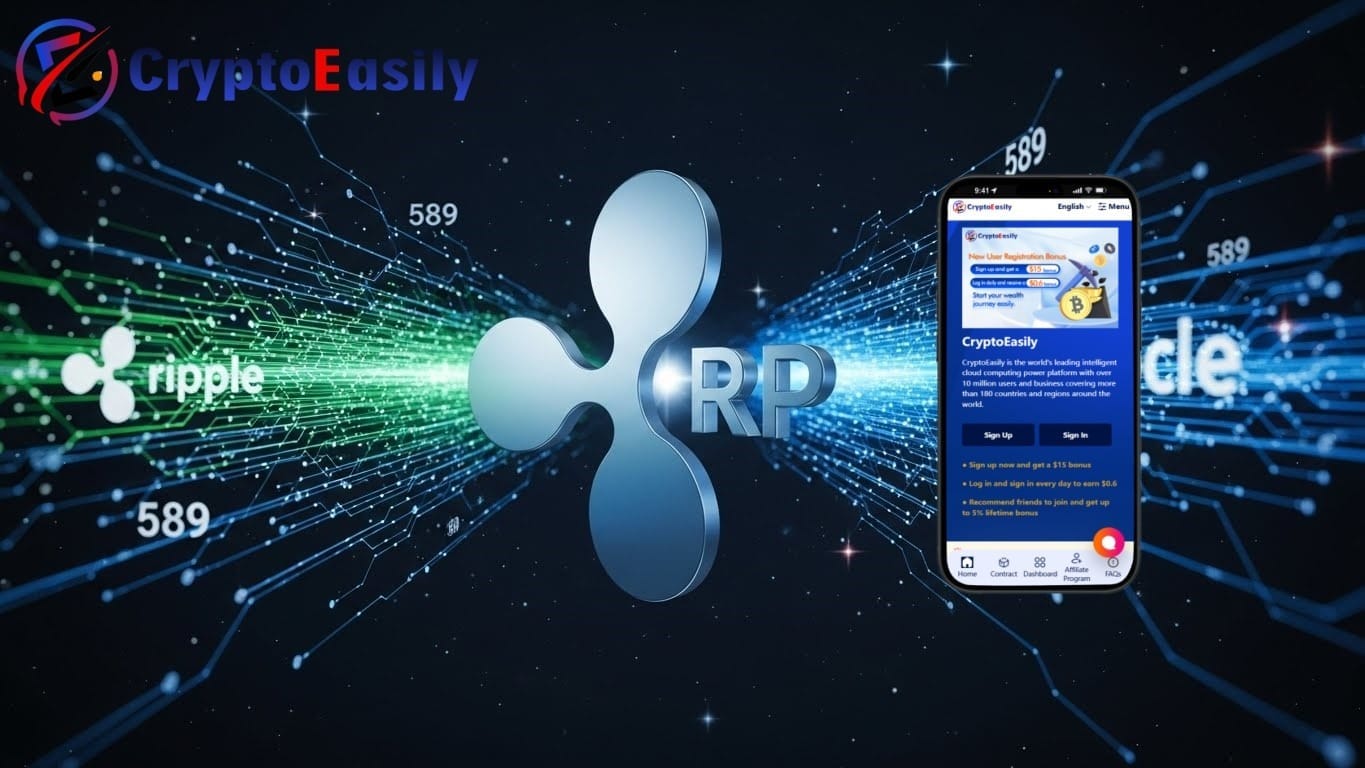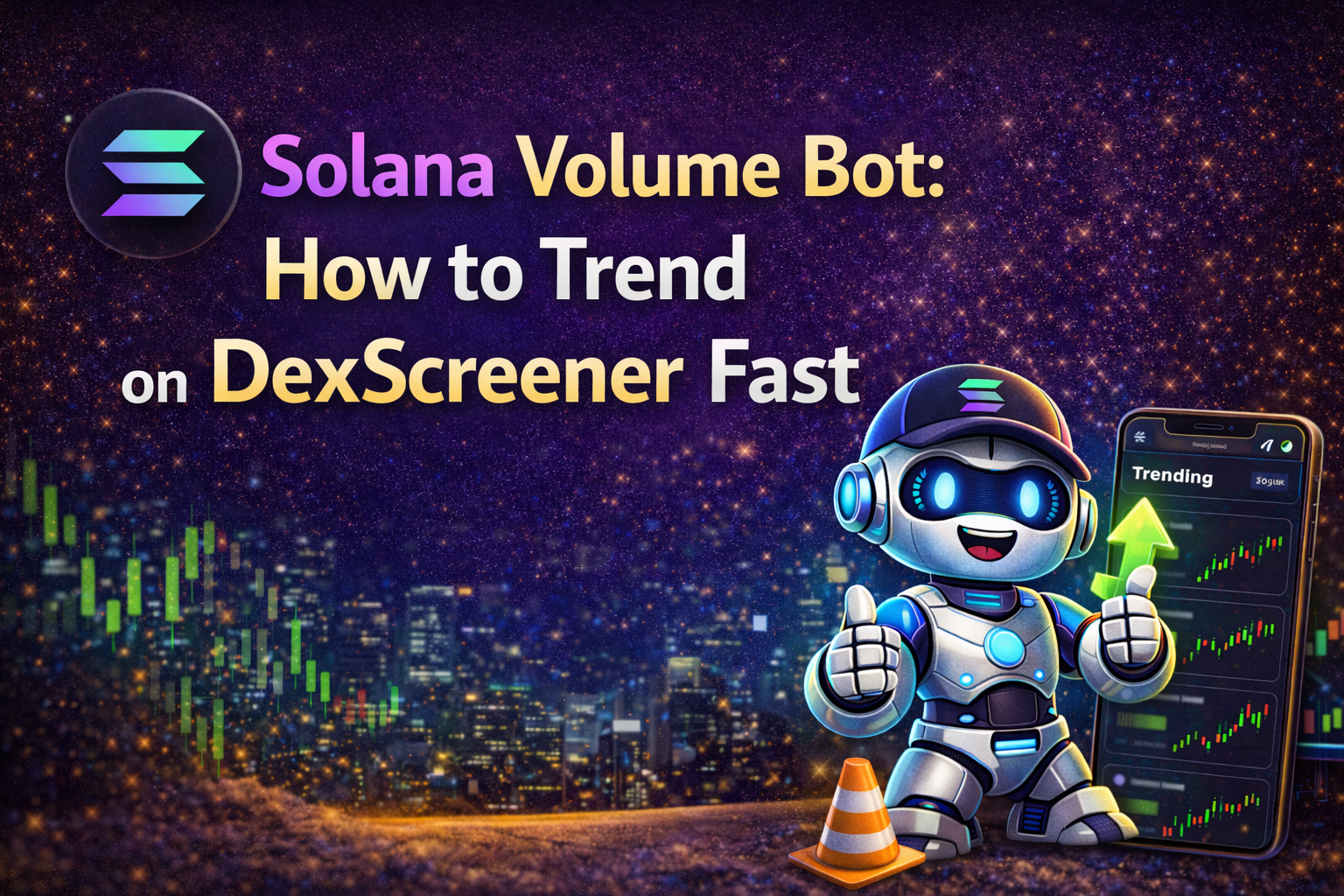Table of Contents
Mining Ethereum, the popular cryptocurrency of the Ethereum blockchain, requires a well-designed hardware setup and efficient software utilization. This article explores the intricate world of Ethereum mining, providing insights into the hardware and software requirements necessary for successful mining operations. Enhance your knowledge of blockchain technology by delving into the intricacies of Understanding the EOS Blockchain.
Ethereum Mining Hardware
Ethereum mining hardware plays a crucial role in the process of mining Ether, the cryptocurrency of the Ethereum blockchain. When it comes to mining Ethereum, the use of Graphics Processing Units (GPUs) is the most common and effective approach. GPUs are specialized hardware devices designed to handle complex mathematical calculations required for mining cryptocurrencies.
The choice of GPUs for Ethereum mining is a critical decision that miners need to make. There are several factors to consider when selecting a GPU, including its hashrate, power consumption, and price. A higher hashrate indicates better mining performance, while lower power consumption helps reduce operational costs. Popular GPU options for Ethereum mining include NVIDIA GeForce and AMD Radeon series, with models like GTX 1080 Ti and RX 580 being widely used by miners.
Apart from GPUs, the amount of memory (RAM) in a mining rig also plays a significant role in Ethereum mining. Ethereum mining relies on the Dagger-Hashimoto algorithm, which requires a substantial amount of memory. It is recommended to have a minimum of 4GB or preferably 8GB of RAM to ensure smooth and efficient mining operations.
In addition to GPUs and RAM, power supplies and cooling systems are essential components of an Ethereum mining rig. The mining process consumes a considerable amount of electricity, so selecting an adequate power supply unit (PSU) that can handle the power requirements of the mining rig is crucial. Additionally, mining generates a significant amount of heat, so efficient cooling solutions such as fans or liquid cooling systems are necessary to prevent overheating and ensure the longevity of the hardware.
Other hardware components that contribute to the overall performance of an Ethereum mining rig include motherboards and storage options. A motherboard with multiple PCIe slots allows for the connection of multiple GPUs, enabling higher mining capabilities. As for storage, solid-state drives (SSDs) are preferred over traditional hard drives due to their faster read/write speeds, which can enhance the mining rig's responsiveness and overall efficiency.
Ethereum Mining Software
While hardware is essential for Ethereum mining, mining software is equally important. Ethereum mining software facilitates the communication between the mining hardware and the Ethereum network, allowing miners to participate in the mining process.
When choosing Ethereum mining software, miners should consider factors such as compatibility, features, and user-friendliness. There are several popular mining software options available, including Ethminer, Claymore's Dual Ethereum Miner, and PhoenixMiner. Each software has its own set of features and advantages, such as different mining algorithms supported or enhanced stability.
Optimizing Ethereum mining software is crucial for maximizing mining efficiency. Miners can fine-tune various parameters within the software to achieve better hashrates and performance. These parameters may include adjusting the mining intensity, setting the optimal GPU memory timings, or selecting the mining algorithm for dual mining. Monitoring and managing mining operations through software also allows miners to track their hashrates, temperatures, and power consumption, ensuring the mining rig is operating optimally.
Maintenance and Optimization of Ethereum Mining:
Regular maintenance practices are essential for the smooth operation of an Ethereum mining rig. Dust can accumulate on the hardware components, leading to overheating and reduced performance. Regular cleaning and dust prevention measures should be implemented to ensure proper airflow and cooling.
Proper temperature and cooling management are crucial for maintaining the longevity and efficiency of the mining rig. Miners should monitor the temperature of the GPUs and adjust fan speeds or consider additional cooling solutions if necessary. It's also important to ensure that the mining rig is placed in a well-ventilated area to prevent overheating.
Troubleshooting common issues in Ethereum mining is another aspect of maintenance. Hashrate drops and stability problems can occur due to various factors such as outdated drivers, incorrect software configurations, or hardware malfunctions. Miners should regularly check for software updates and ensure they are using the latest versions to optimize performance and stability. Additionally, addressing software compatibility issues and properly configuring the mining software can help resolve performance issues and maximize mining efficiency.
Conclusion
The selection of powerful GPUs, sufficient RAM, and reliable power supplies is crucial for achieving optimal mining performance. Additionally, choosing the right mining software and implementing effective optimization techniques are essential for maximizing efficiency and profitability. By understanding and meeting the specific hardware and software requirements outlined in this article, miners can embark on their Ethereum mining journey with confidence.








